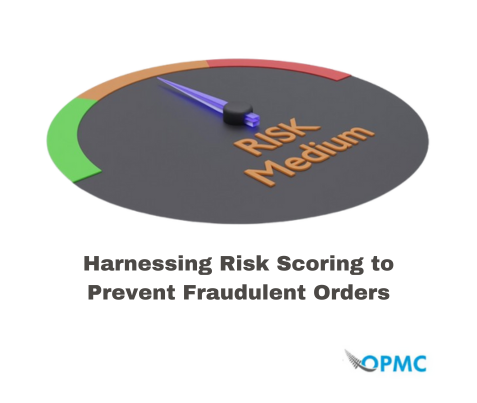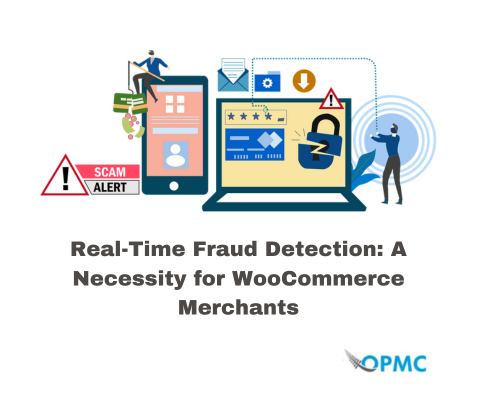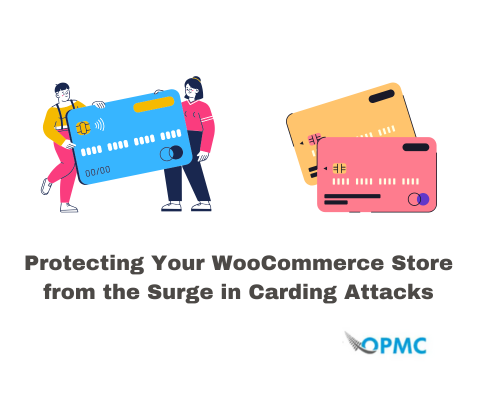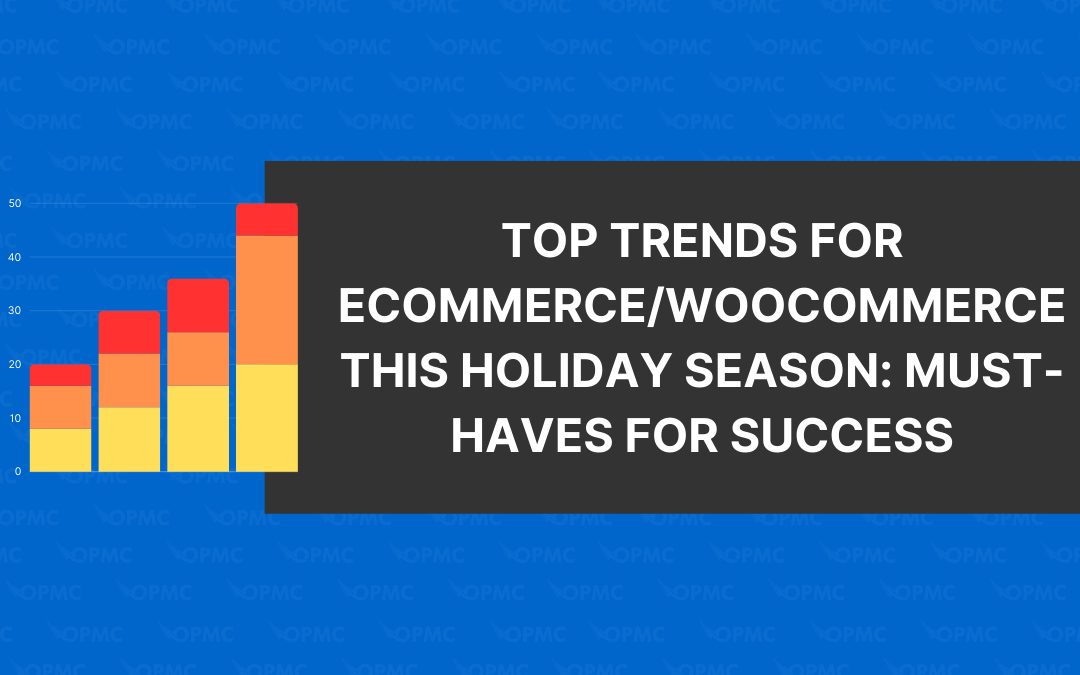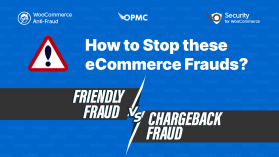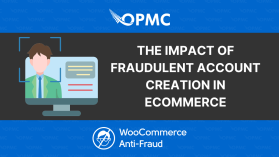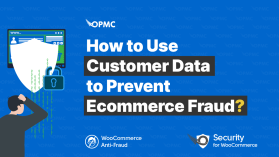Ecommerce fraud is a huge problem. Depending on the industry, it can cost businesses anywhere from 5 to 15 percent of their total annual revenue.
That’s a huge chunk of change! Luckily, you can better protect your business by understanding the different types of ecommerce fraud and how they work.
Why is Ecommerce Fraud so Common?
Ecommerce fraud is a problem that affects businesses of all sizes. Fraudsters are getting more innovative and sophisticated in their attempts to commit fraud, which means the threat continues to grow.
While the number of ecommerce merchants has been on the rise for years, recent reports indicate that ecommerce fraud is becoming a greater concern for businesses today.
In addition to this growing scope and scale of online transactions, there are other factors contributing to an increased likelihood that your company will be targeted by criminals trying to commit ecommerce crimes against you or your customers.
Can I Prevent Fraudsters?
Yes, you can. There are several ways to prevent ecommerce fraud, including:
- Using fraud prevention software that scans your site and blocks suspicious activity. This is the most common method of preventing ecommerce fraud by many ecommerce businesses. Fraud prevention software uses algorithms to detect fraudulent activities on your site.
- Using a multi-layered approach to security by using internal and external resources to identify potential threats on your website or in your payment system.
- Implementing a risk scoring system that analyses the risk factors involved with each transaction before approving it for processing so that any high-risk transactions are flagged immediately for review by someone trained in spotting potential signs of fraud.
At OPMC, we actually make this much simpler through our automated Anti-Fraud WooCommerce plugin that analyses the various sales you make to uncover any potential risk. It can help you prevent all kinds of ecommerce fraud attacks.
Types of Ecommerce Fraud
1 – Friendly Fraud vs. Chargeback Fraud
You’ve just received your first chargeback. What do you do?
In a nutshell, a chargeback is when a customer disputes a transaction with their credit card company, claiming that the purchase was not authorized by them, or they didn’t receive the goods or services as described.
This can happen for all kinds of reasons—maybe they’re trying to get out of paying for something they never received (friendly fraud), maybe there’s some kind of discrepancy about whether or not charges were made on their account at all (unauthorized use).
Either way, it’s bad news for your business if this happens too frequently because each chargeback can cost you profit in fees, fines, and other penalties from banks.
2 – Account Takeover Fraud
Account takeover fraud occurs when a fraudster steals a customer’s personal information and uses it to make fraudulent purchases or open new accounts.
For example, if you use your credit card at a restaurant, the waiter might ask for your signature on the receipt and your credit card. Once he has both of these things in his possession, it’s easy for him to copy down all of your information and try to use it later.
In addition to stealing confidential information from customers, account takeover fraud can also occur through phishing emails that appear legitimate but are actually fake.
The perpetrator will send an email asking for personal details like social security number or bank information to claim a prize or special offer that doesn’t exist. This kind of phishing is common during tax season because people receive emails claiming they’ve won money after filing their taxes.
3 – Card Testing
Card testing is a type of fraud where the criminal uses an online card to test whether or not it’s valid.
For example, let’s say you have an eCommerce store that sells products and accepts credit cards as payment. You’re also running some promotions on social media, which is how a criminal would find out about your business and want to test some cards.
Here’s how this works: The criminal may use your site to test a recently stolen credit card. If the sale goes through, they can use that card for all kinds of other purchases before the issuing company shuts it down.
In the meantime, the original owner claims the card is stolen, and you’re out the money.
4 – Refund Fraud
Refund fraud is a form of ecommerce fraud. This type of scam occurs when the merchant receives an online payment that’s later disputed by the customer, who claims they never actually purchased the product in question.
Refund fraud is hard to detect because it leaves no traces on your account, but it can have devastating consequences if you’re not prepared for it. Many merchants accept refund requests without checking if they are valid or not, thinking that they will save time and avoid making false positives (i.e., rejecting legitimate refunds).
However, this strategy can lead to significant losses: Refunds may be fraudulent in as much as 30% of cases. In other words: A merchant who accepts every single claim will end up paying out more than he earns from selling products through his store.
5 – Interception Fraud
In this type of fraud, the sender intercepts the package before it reaches the recipient. The sender opens the package and removes its contents (or replaces them with something else), then repackages and sends the item on its way.
This type of fraud can sometimes be spotted by a customer who receives an item that seems damaged or has been opened, but it’s often not apparent until after you’ve received your shipment in full.
It can even take weeks to realize what has happened since many packages are sent back out without the original account owner knowing.
Bonus Tip: Identity Fraud
Identity fraud is a form of fraud where the criminal uses someone else’s identity to commit fraud. This can take many forms, including credit card fraud, loan application fraud, and even identity theft.
It’s important to protect your online store from identity theft by using strong passwords that are unique for every client who wishes to purchase from your ecommerce storefront. You can also use two-factor authentication if available on the platform you are using.
Fraud Prevention Starts with Awareness
The first step to protecting your business against ecommerce fraud is to know what it is. Each type has its own red flags and prevention/detection strategies that you need to be aware of so you can take action when necessary.
With that said, it’s important for retailers to understand the red flags associated with each type of eCommerce fraud so they can better protect their businesses from these threats.
The best way to do this is implementing a strong, automated security system that prevents fraud from happening. We highly recommend our Anti-Fraud plugin for WooCommerce. This will remove many of the fraud potential risks when operating your ecommerce website.
Conclusion
Fraudsters are always coming up with new ways to scam people and businesses, so it’s important to stay vigilant and help prevent fraud from happening in the first place.
By being aware of these types of fraud, you can better protect your business and customers from getting scammed by criminals online.

